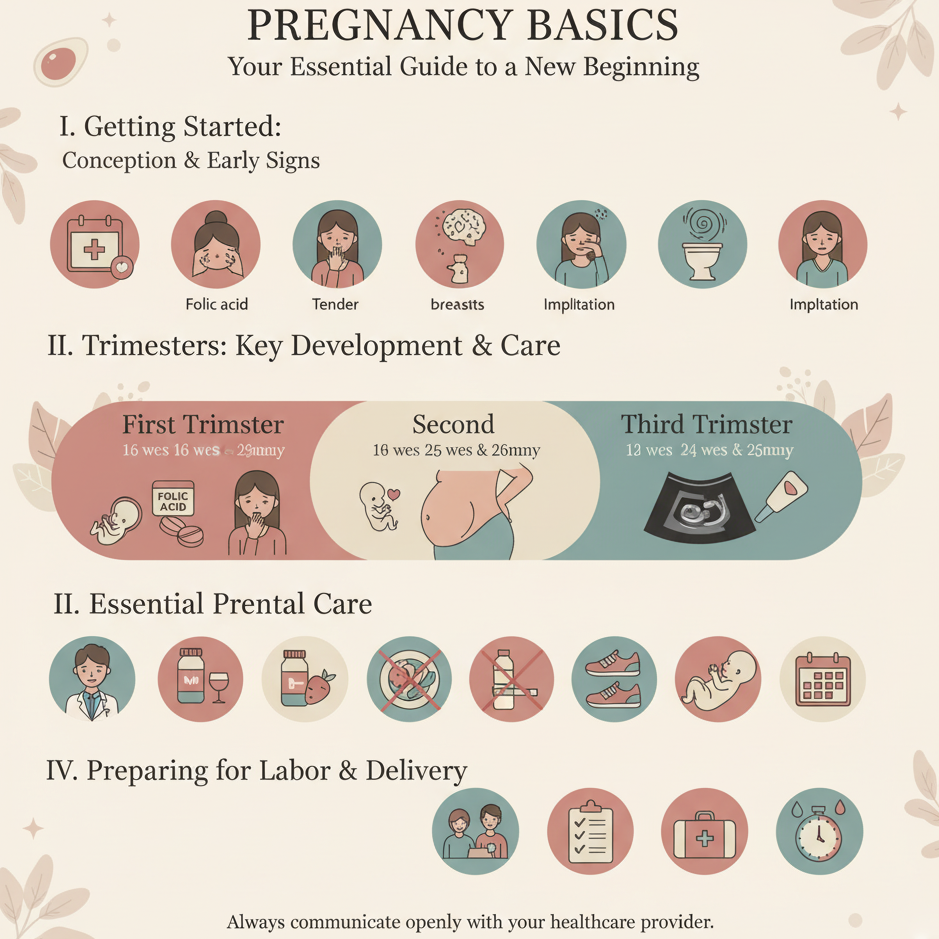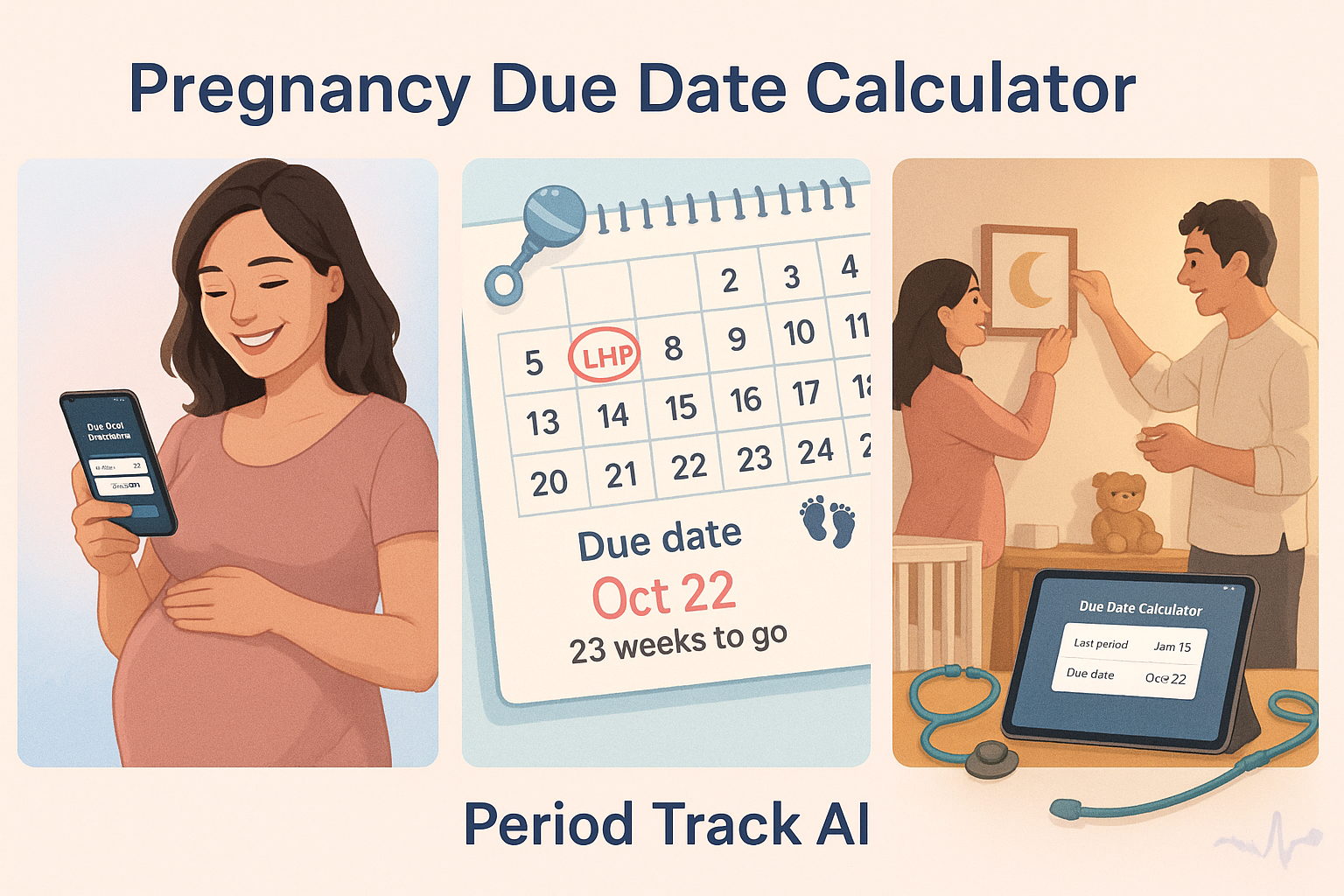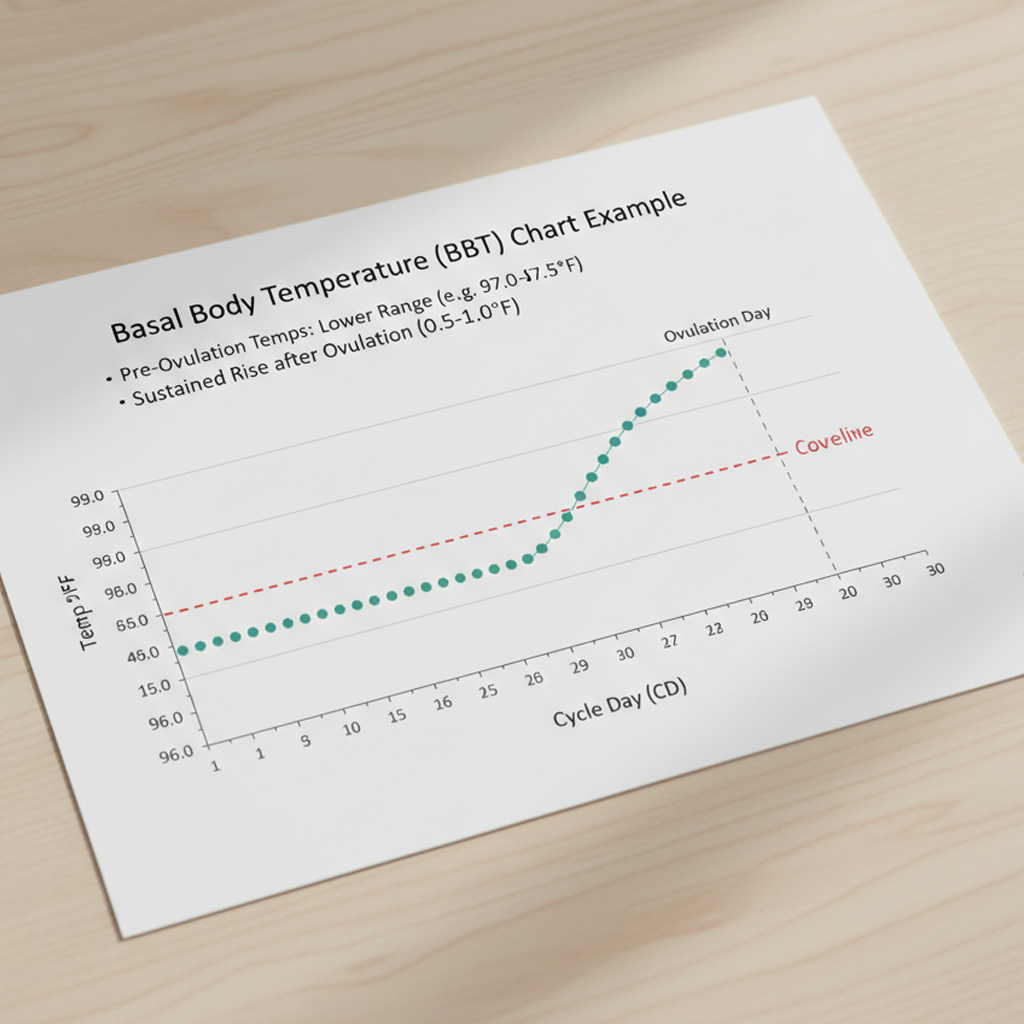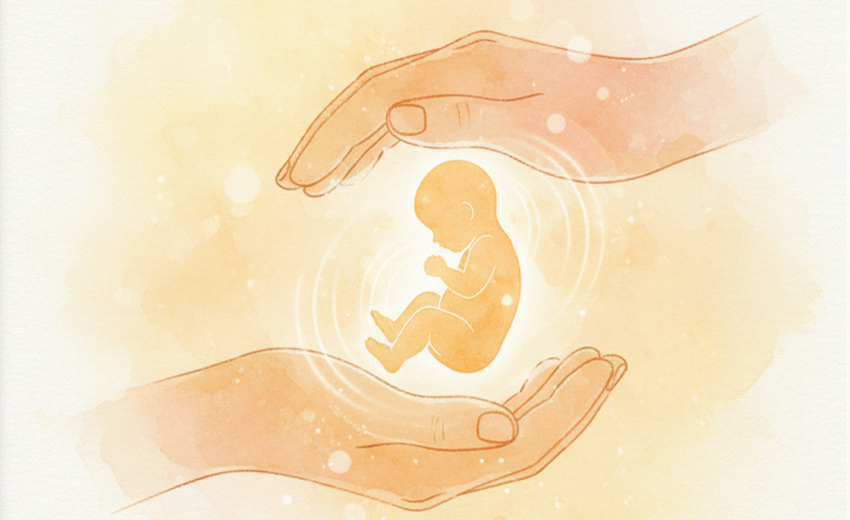Cycle Self-Care Rituals

Self-care rituals during the menstrual cycle nurture physical comfort, emotional balance, and mental well-being, helping you navigate hormonal fluctuations with ease. Each cycle phase brings unique needs, so tailored rituals can enhance health and resilience. This guide provides practical strategies for self-care during the menstrual, follicular, ovulation, and luteal phases. Always consult a healthcare provider if you experience persistent symptoms or concerns like severe pain or irregular cycles.
1. Understand Cycle Phase Needs
-
Menstrual Phase (Days 1–5):
-
Needs: Rest, pain relief for cramps, and emotional support for fatigue or irritability.
-
Common Symptoms: Cramps, bloating, low energy, mood swings.
-
-
Follicular Phase (Days 1–13):
-
Needs: Energy-building activities and nutrition to support rising estrogen levels.
-
Common Symptoms: Increased energy, improved mood, lighter physical symptoms post-menstruation.
-
-
Ovulation Phase (Day 14, varies):
-
Needs: Activities to channel high energy and emotional sensitivity, plus fertility awareness if tracking conception.
-
Common Symptoms: Peak energy, possible mild pelvic pain, heightened emotions.
-
-
Luteal Phase (Days 15–28):
-
Needs: Stress management and relaxation to counter PMS-related irritability or insomnia.
-
Common Symptoms: Mood swings, bloating, breast tenderness, fatigue.
-
-
Purpose: Tailoring self-care to each phase aligns with your body’s natural rhythm, enhancing well-being.
2. Menstrual Phase Rituals (Days 1–5)
-
Physical Care:
-
Use heat therapy (e.g., 10–20 minutes with a warm water bottle on the lower abdomen) to ease cramps.
-
Rest with 20–30-minute naps or early bedtimes to combat fatigue.
-
-
Emotional Care:
-
Practice affirmations (e.g., “I honor my body’s need for rest”) for 5 minutes daily to boost mood.
-
Journal about feelings or physical sensations to process emotions.
-
-
Nutrition:
-
Eat iron-rich foods (e.g., spinach, lentils) to replenish blood loss and maintain energy.
-
Stay hydrated with 8–10 cups of water daily to reduce bloating.
-
-
Tips:
-
Use breathable cotton bedding and period underwear for comfort.
-
Limit caffeine (under 200 mg daily) to avoid worsening cramps or irritability.
-
-
Purpose: Supports physical comfort and emotional stability during menstruation.
3. Follicular Phase Rituals (Days 1–13)
-
Physical Care:
-
Engage in moderate exercise (e.g., 30-minute walks or yoga) to boost energy and circulation.
-
Practice gentle stretching for 10 minutes daily to maintain flexibility.
-
-
Emotional Care:
-
Set intentions for the cycle (e.g., “I embrace my renewed energy”) in a 5-minute journaling session.
-
Connect with friends or loved ones to foster positivity.
-
-
Nutrition:
-
Focus on protein-rich foods (e.g., eggs, tofu) and colorful vegetables (e.g., carrots, broccoli) to support rising estrogen.
-
Include healthy fats (e.g., avocado, nuts) for hormonal balance.
-
-
Tips:
-
Schedule social or creative activities to harness increased energy.
-
Track energy levels to confirm follicular phase patterns.
-
-
Purpose: Builds vitality and optimism as the body prepares for ovulation.
4. Ovulation Phase Rituals (Day 14, varies)
-
Physical Care:
-
Continue moderate exercise (e.g., swimming, cycling) to channel high energy, avoiding overexertion.
-
Monitor cervical mucus (e.g., egg-white consistency) if tracking fertility, logging changes daily.
-
-
Emotional Care:
-
Practice mindfulness meditation (5–10 minutes) to manage heightened emotions or sensitivity.
-
Use affirmations like “I am vibrant and balanced” to reinforce confidence.
-
-
Nutrition:
-
Eat antioxidant-rich foods (e.g., berries, leafy greens) to support ovulation health.
-
Maintain hydration to aid cervical mucus production for fertility.
-
-
Tips:
-
Plan intimate or creative moments with your partner to leverage peak energy.
-
Log ovulation signs (e.g., mild pelvic pain) for cycle awareness.
-
-
Purpose: Enhances physical and emotional health during the fertile window.
5. Luteal Phase Rituals (Days 15–28)
-
Physical Care:
-
Use progressive muscle relaxation (PMR) for 10–15 minutes to ease PMS-related tension or insomnia.
-
Take warm baths (95–100°F or 35–38°C) for 15 minutes to relax muscles and reduce bloating.
-
-
Emotional Care:
-
Journal for 5–10 minutes about stressors or gratitude to manage PMS mood swings.
-
Practice deep breathing (4-4-6 technique) for 5 minutes daily to reduce irritability.
-
-
Nutrition:
-
Include magnesium-rich foods (e.g., bananas, almonds) to support mood stability and reduce cramps.
-
Avoid sugar spikes by choosing complex carbs (e.g., quinoa, oats).
-
-
Tips:
-
Create a calming evening routine to improve sleep quality.
-
Limit evening screen time to promote melatonin production.
-
-
Purpose: Mitigates PMS symptoms and prepares the body for the next cycle.
6. Track Self-Care Rituals and Outcomes
-
Action: Use a notebook, calendar, or digital reminder system to log:
-
Self-care rituals practiced (e.g., “Day 3: heat therapy, felt less crampy”).
-
Cycle phase and symptoms (e.g., “Day 20: luteal, irritable, tried meditation”).
-
Emotional and physical outcomes to assess effectiveness.
-
-
Tips:
-
Track daily for 3–6 cycles to identify which rituals work best per phase.
-
Note patterns (e.g., better mood after luteal phase journaling) for provider discussions.
-
-
Purpose: Helps refine self-care practices and detect underlying issues needing medical attention.
7. Involve Your Support System
-
Action:
-
Share self-care goals with your partner or loved ones to create a supportive environment.
-
Discuss cycle-related needs (e.g., rest during menstruation) to foster understanding.
-
-
Tips:
-
Practice rituals like deep breathing or journaling together for mutual relaxation.
-
Join online or community groups for menstruating individuals to share self-care ideas.
-
-
Purpose: Enhances accountability and emotional connection through shared support.
8. Know When to Seek Medical Advice
-
Warning Signs:
-
Severe or persistent symptoms (e.g., intense cramps, extreme mood swings) not relieved by self-care.
-
Irregular cycles (shorter than 21 days or longer than 35 days) or absent periods.
-
Signs of anxiety or depression (e.g., constant sadness, loss of interest) during any phase.
-
-
Action: Consult a healthcare provider if symptoms disrupt daily life or persist beyond a few cycles.
-
Purpose: Ensures evaluation for conditions like premenstrual dysphoric disorder (PMDD), polycystic ovary syndrome (PCOS), or hormonal imbalances.
Benefits
-
Physical Comfort: Reduces cycle-related symptoms like cramps, bloating, or fatigue.
-
Emotional Resilience: Stabilizes mood and reduces stress across cycle phases.
-
Cycle Awareness: Enhances understanding of your body’s rhythms, supporting reproductive health.
Practical Tips
-
Tracking Tools: Log rituals and symptoms in a journal (e.g., “Day 5: used warm bath, felt relaxed”). Include cycle phase for context.
-
Ritual Scheduling: Set phone reminders for daily rituals (e.g., 10-minute journaling at 8 PM) to maintain consistency.
-
Comfort Aids: Keep a warm water bottle, breathable bedding, or calming scents (e.g., lavender, if safe) ready for menstrual or luteal phases.
-
Nutrition Prep: Stock nutrient-rich snacks (e.g., nuts, fruit) for quick access during busy days.
-
Environment Setup: Create a relaxation space with soft lighting or music for rituals like meditation or PMR.
-
Partner Involvement: Share one ritual (e.g., affirmations) with your partner weekly to strengthen connection.
Actionable Next Steps
-
Today: Choose a tracking tool and log your current cycle phase and one self-care ritual (e.g., 5-minute deep breathing).
-
This Week: Try 2–3 rituals tailored to your cycle phase (e.g., heat therapy for menstruation, meditation for luteal phase).
-
Next 3–6 Cycles: Track rituals and outcomes consistently. Adjust based on what feels most effective.
-
Ongoing: Consult a healthcare provider if symptoms persist or worsen.
Related Articles

Pregnancy Basics

Pregnancy due date calculator

Week 33 - Fat Accumulation

Revolutionizing Menstrual Health Management

Week 37 - Full-Term Begins

Fertility Test Basics: Your Guide to Tracking Pregnancy

Week 23 - Skin Thins

Week 39 - Final Growth